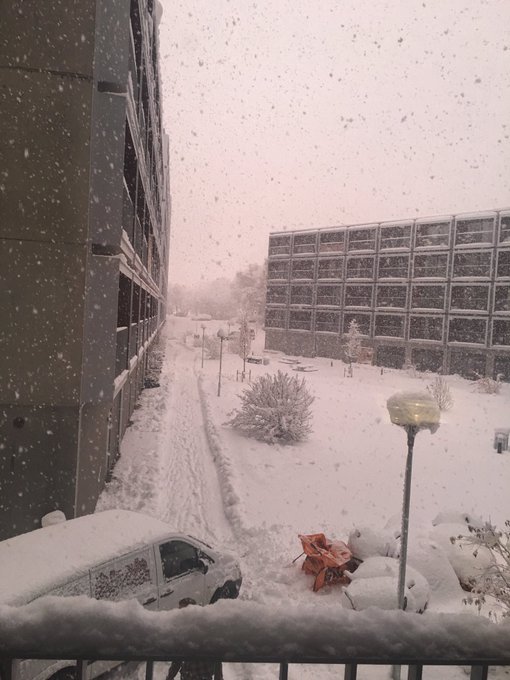Scientists warn of a mini Ice Age as sun stays eerily quiet
Roughly 250 years ago, the Northern Hemisphere left what climatologists now call a mini Ice Age. From 1300 to about 1850, it was much colder than it is today. It was also a time when the sun was going through a weak decadal solar cycle. It was so cold England’s Thames river froze at least 23 separate times, with ice skating and “frost fairs” the norm. The last time the Thames froze was in 1814. Until temperatures rose and global warming thawed out the planet.
Some #Climate Change scientists now think we are heading for another ‘mini Ice Age’ for a very good reason: The Sun is having its quietest period in over a hundred years. A quiet Sun is one with few to no sunspots. Vencore Weather first claimed in June that based on NASA imagery, there were no visible sunspots on its surface. Astronomers are quick to point out that a sunspot-less Sun was not unusual, as the Sun goes through 11-year cycles. The current one, Cycle 24, began in 2008, and so far, the Sun has been its quietest in over a century.
Experts say that if the Sun continues to remain quiet, the Earth could plunge into another mini Ice Age, not unlike the one that ended 250 years ago. When the Sun is spotless, it’s called a “cue ball.” Currently, activity on the Sun’s surface has been quiet for four days after June 4 after a brief period of inactivity in February. Sunspots are areas of the Sun that appear dark but are actually hotter than the Sun’s surface. Sunspots can cause a hotter-than-normal Sun, especially if the Earth is facing the solar disturbances for an extended period.
Read the rest at us.blastingnews.com
Trackback from your site.

